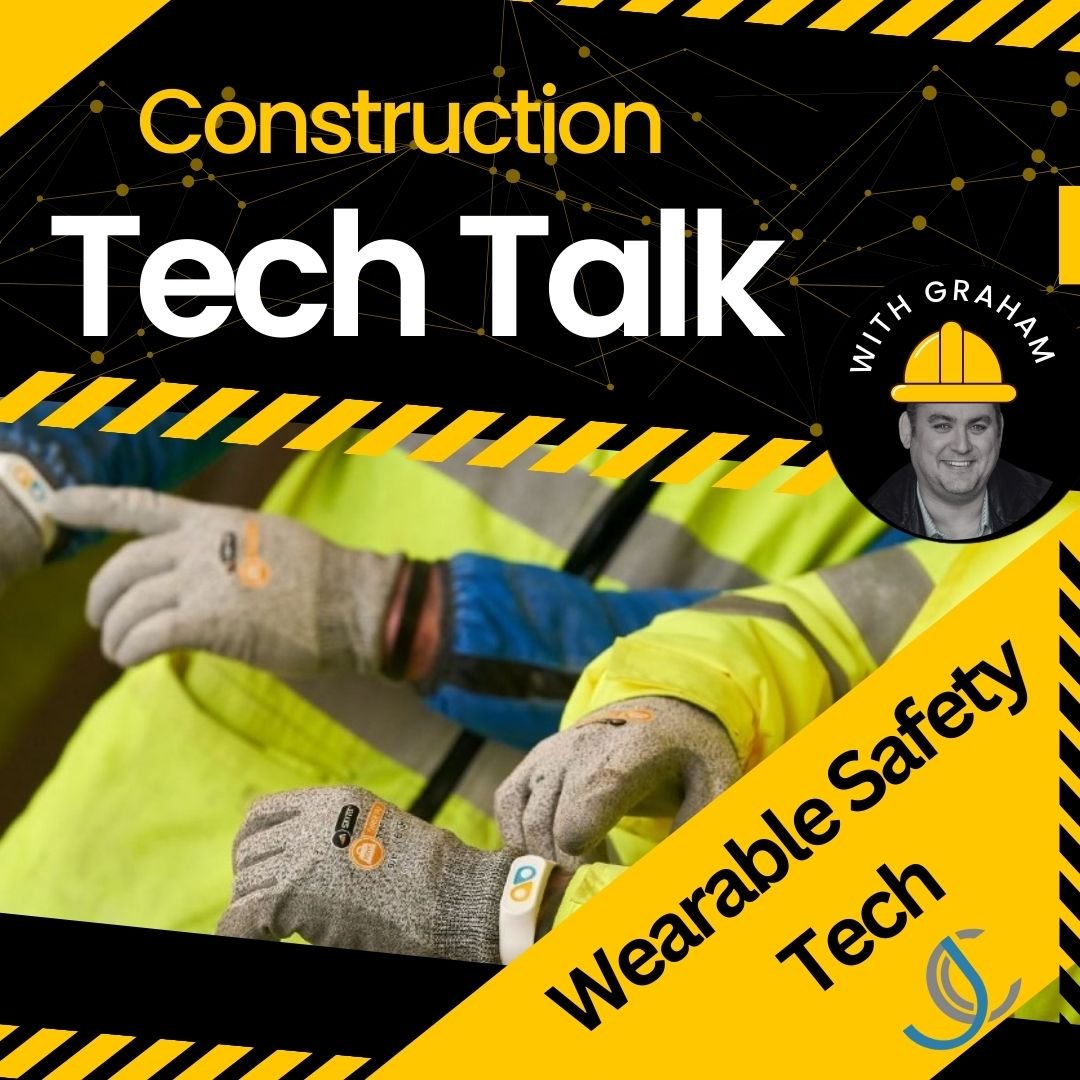Construction Tech Talk: Wearable Safety Tech
We’ve all seen that iconic picture (and modern recreations of it) of the ironworkers eating lunch 800 feet above Manhattan near the top of the Rockefeller Center with no safety harnesses to be seen. I know it was a publicity stunt to promote the new building, but it still makes me queasy knowing that a stiff breeze could cause a serious incident. A lot has changed regarding site safety in the past hundred years or so…hard hats, safety goggles, and reflective vests are all mandatory. It’d be unheard of to walk out on a beam 69 floors up on a modern construction site without being tied to a safety tether.
Some construction companies are now investing in wearable tech that many of us already wear such as wristwatches and armbands that measure things like heart rate, body temperature, and other biometric indicators. With the recent heat wave here in Texas and elsewhere, where heat indexes were soaring to 110°F+, it’s incredibly important to be aware of heat-related injuries and how to best detect them before they occur. An elevated heart rate is one major indicator. Heat forces your heart to pump harder to get blood to your skin so it can sweat to reduce your temperature. In the summer, your heart circulates a lot more blood than in the winter. A smartwatch can detect one’s heart rate and raise an alarm before the wearer even notices.
Recently, a coworker was running on a trail with her teenage son, and she took a nasty fall. Her smart watch detected it and asked if she was ok. She told it she was (mostly) ok, though she had a nasty sprained ankle and was in a walking cast for a couple weeks. If she didn’t reassure her concerned watch that she was ok, it would contact emergency services and give them her GPS location. If her fall was worse…let’s say she was alone and unconscious, it could have been an extremely useful tool to get her assistance and aid in her recovery.
Another interesting wearable technology is smart helmets. They can have built-in safety features that detect potential crashes or collisions, detect (and relay) last known locations if a cave-in occurs, proximity alerts to heavy machinery, and connections to smart phones via Bluetooth. They can have visors that can slide down much like a pilot’s heads up display to provide augmented reality support to see a 3D representation of the blueprint with real life. While smart helmets haven’t seen widespread releases, I think it’s mostly because they haven’t been brought to the market in any serious fashion. I also think it could be just the beginning.
Another very simple use of technology might be to have some kind of notification system on the jobsite to remind workers to take water breaks. I know it sounds silly, but there’s been many times that my ADHD brain has forgotten to eat lunch or dinner, let alone drink water. Maybe an optional push notification to a phone or a siren that sounds every now and then could remind one to take a moment to find a water source.
As wearable technology evolves, it has the potential to create smarter, healthier, and happier employees. If you’re in a position of leadership, maybe it’s time to re-evaluate some of the ‘older’ safety procedures and start budgeting for some of the newer tech.






